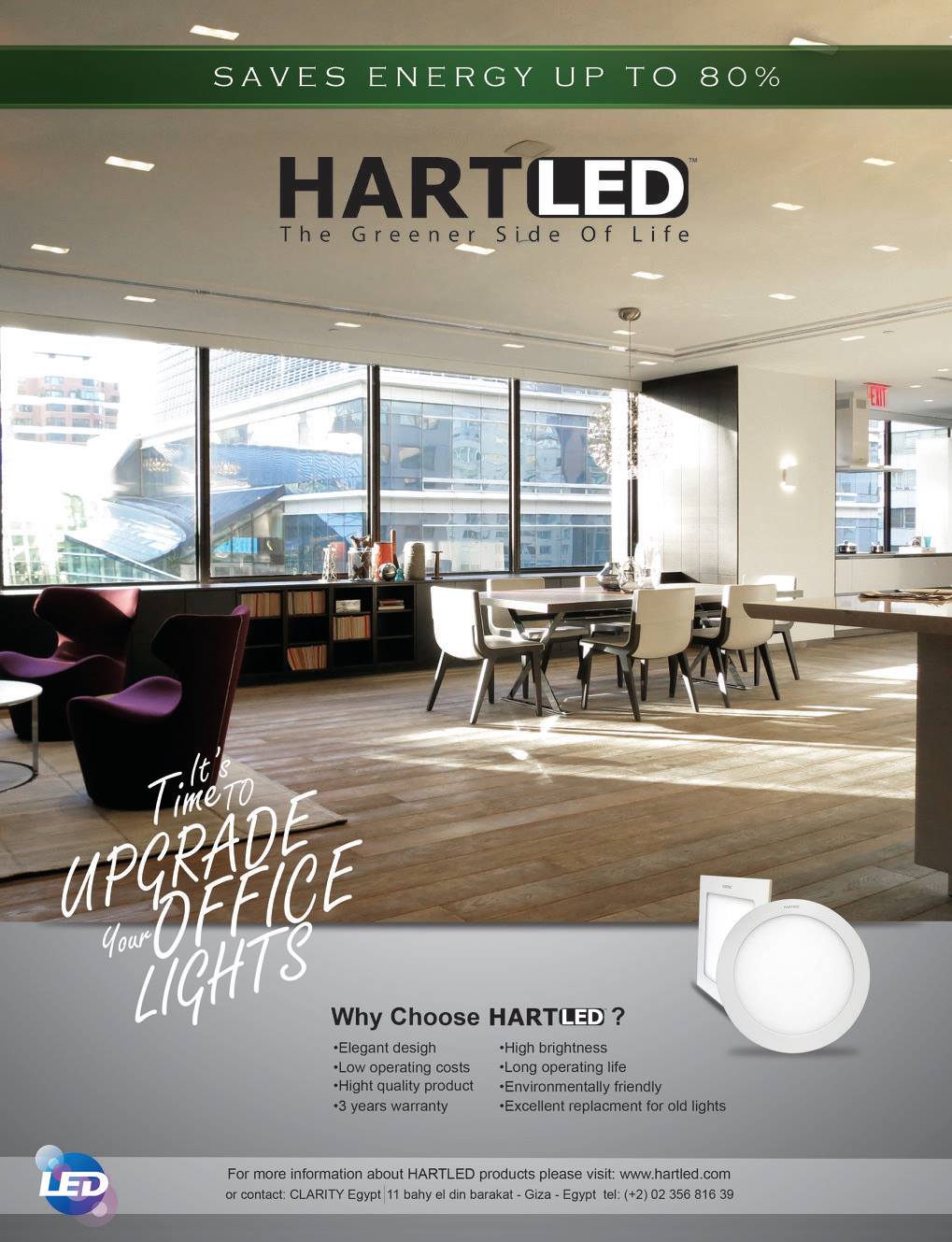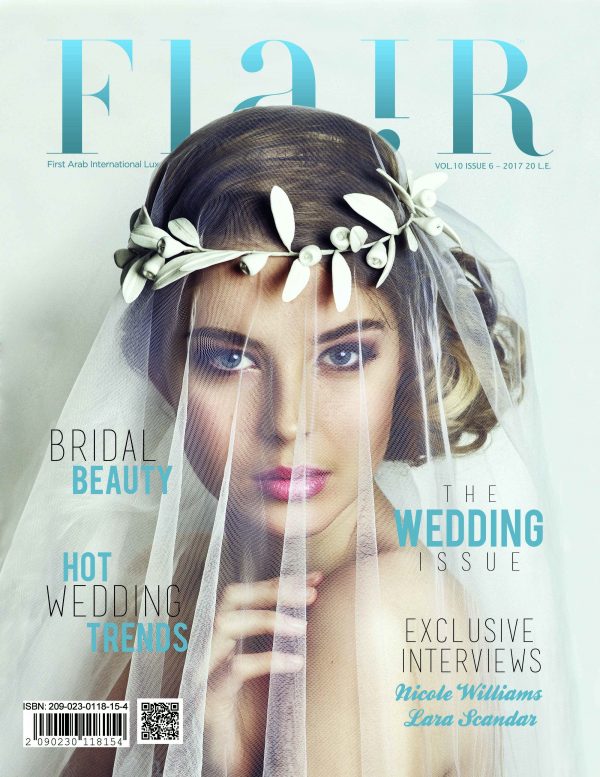Being the first Egyptian brand with collections regularly premiering at Paris Fashion Week, Marie Louis is undeniably the crème de la crème of the fashion industry in Egypt and a household brand name. After conquering the local and international market, the head designer and partner of her namesake label, Marie Louis Bishara, is on a mission to put Egypt on the map in the global fashion scene by launching an official Egypt Fashion Week. We sat with her to talk about her experience as a female fashion leader and what she has learned from her illustrious journey so far.
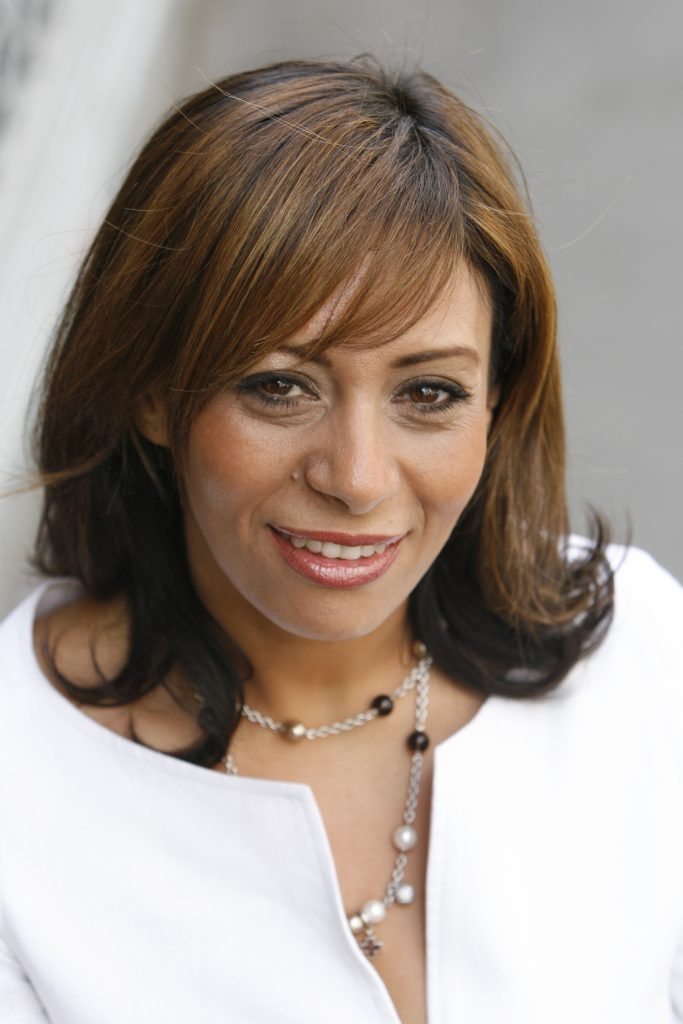
Who inspires you?
Our chairman and leader, my father, is my inspiration. He has impacted the industry of fashion, garments and textile in Egypt since 1960 when he was only 22. He met my mother while attending business courses at AUC. They fell in love and she started learning to draw to help him in his business. She became the main designer for the printing that he was working on. Because of my parents, I learned how to separate the color of a design when I was six.
What was your dream job as a kid?
I was completely engulfed in the fashion industry as a child. My summers were about helping my mother with coloring, even after school, I would go to her office in the factory. I actually learned how to ride a bike in the factory isles. She loved fashion. She would take me to her tailor to create her own beautiful garments, and we would travel together and go to fashion shows. I was exposed to luxury brands because my mother used to dress so beautifully. I wouldn’t stop sketching and doing drapes on silhouettes. This is how it started.

How did the BTM brand take off and what was your role at the beginning?
When President Sadat came, they provided tax-free lands for all business investors so my father and mother decided to create the first Egyptian menswear brand. By the time I was fifteen or sixteen, I was in charge of the marketing campaign for BTM with Tarek Nour. I started to dress the models and work alongside my mother in creating the collections for the campaign.
Tell us about your studies and training in France.
I was always presented with a challenge by my father in regards to doing art for art or art for industry. I was completely leaning into art for art. There were no fashion schools at that time and I was an artist deep down. I didn’t like the industrial part of fashion, like sewing machines or pattern making. I only wanted to sketch and draw. He told me, “If you care about your country and you want to help, the way to help is by creating jobs. God has given you a creative mind. Imagine having your paintings or sketches create a regular income for two hundred families.” He appealed to the girl scout part of me that wanted to serve.
In the 80s, it was unheard of that a girl would leave her country to study. When I found Esmode, a fashion school in Paris, I started to send them my sketches and they approved. My father told me that I was too young to live alone, but then he decided to pay for design classes if I were to pick a double major, in order to also learn sewing and pattern making. “No designer can ever succeed without understanding how to produce a final product,” he insisted.
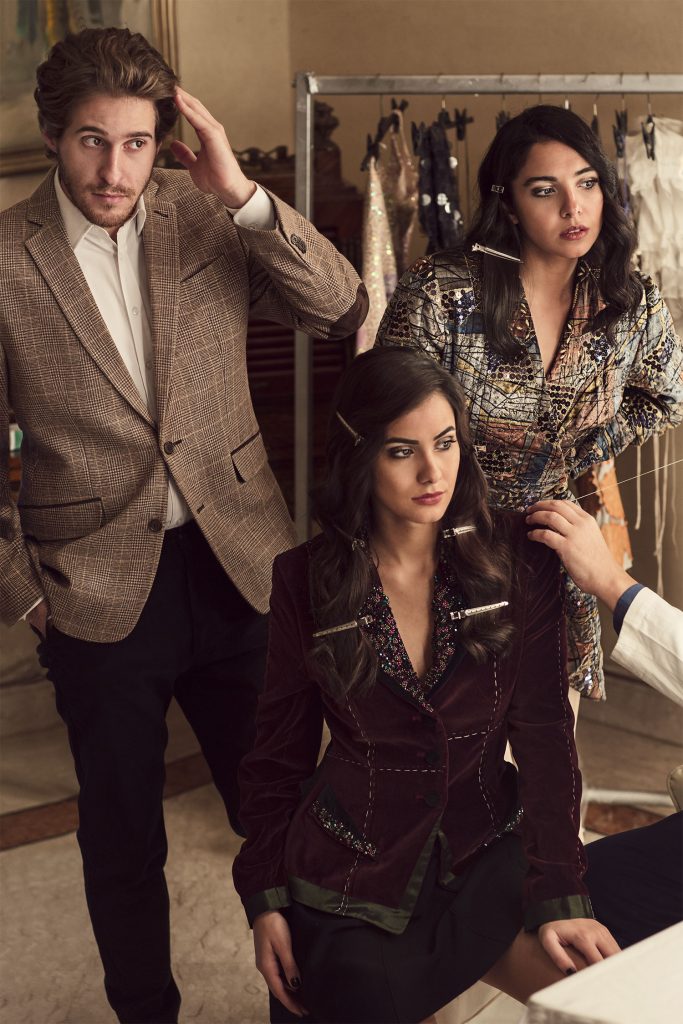
What type of challenges did you face?
I couldn’t stand living in Paris for more than half a term because it was dark, so I moved to Nice, which was sunny and on the beach. I used to watch the collection for Ivoire de Balmain, and study design in the mornings, then, go to learn pattern making and sewing until 7pm. When I went home, I would work on my design files and samples, and I would sleep at 4am to wake up at 7am and repeat the cycle. During those three years in France, I slept very little but I made it through the pressure. Only 16 students graduated from a class of 86. After I finished my first year, I took a train to spend the three months of summer at Lille, where they were making jeans for Cacharel. I wasn’t really into it but I learned a lot. I was assisting designer Lolita Lempicka and I would be the one giving her pins to work with. These were the footsteps that formed me. I later learned about marketing in Germany. I learned all aspects about the lifestyle surrounding the fashion industry. I was a backstage dresser for most of the very important brands in France and I would watch the designers work. All this experience led me to launch the ladies’ wear collection – the Marie Louis brand.
What is next on your calendar?
My next meeting is with the Egyptian French Residential Council. It’s all about empowering women of the continent. The council is a mediator between Egypt and France. I represent the fashion sector and the textile and garments industry.
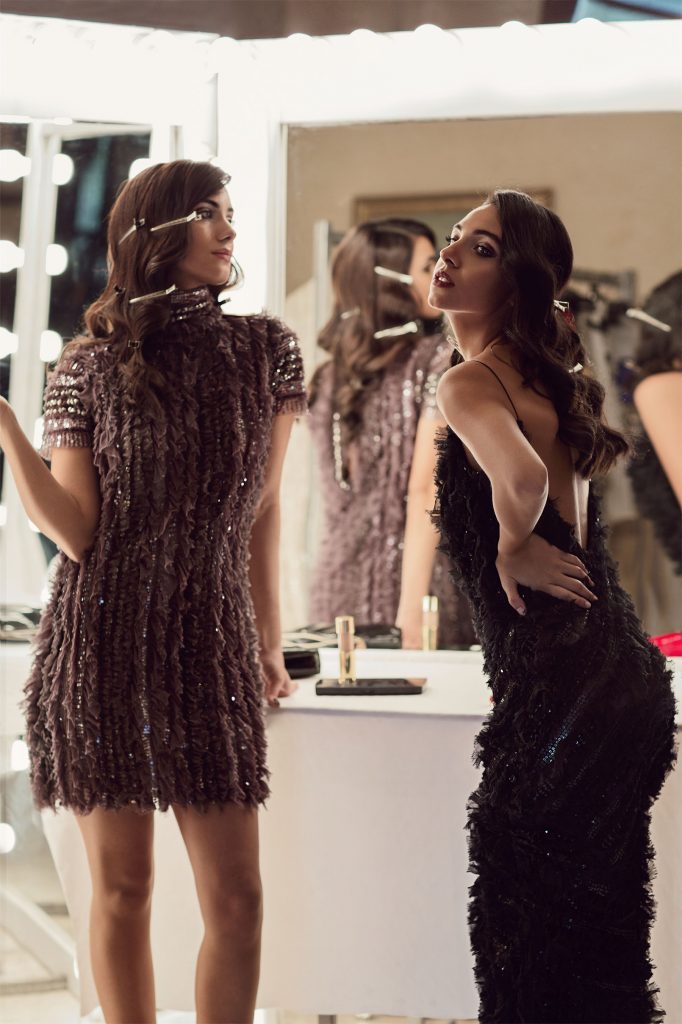
What advice would you give to young designers?
Go after your passion from a very tender age. I believe being raised up in this environment with my parents really paved the way for me. Also, when you’re in a situation where you have to make a decision, you should not be impacted by today’s state of things but look at what things could turn into in five, ten and twenty years.
What defines a great designer?
Trend setting. Whether with your color scheme or the texture or geometrical design, you should create a signature for the whole line. You pick an element and you create a whole theme around it. You want to make something that is timeless and can live on for several seasons. For people who don’t have enough money to buy high-end, they think differently. They will invest in a piece that will be a great look for a couple of years.
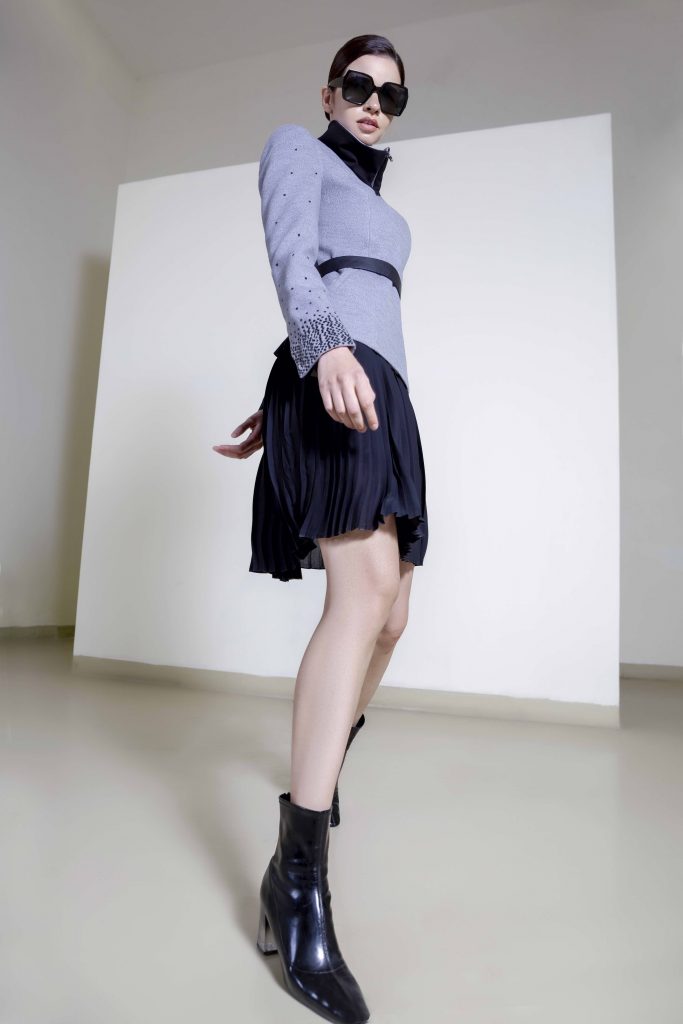
What challenges have you faced as a female leader?
Time is the biggest challenge because a woman has to take care of her femininity, her inner peace, spiritual life, physical strength, and her family. If she wants to live fulfilled, she has to be in harmony with her ideologies. If she’s not satisfied in this area, she will always be in conflict with her brain.
How do you envision the future of your brand for upcoming years?
Since 2007, my dream was to create the first Egyptian Fashion Week. I was invited to present my collections on the official calendar in Paris. I got in contact with them and talked to them about creating a body for fashion in Egypt that could twin with the French and Italian federation to create an Egypt Fashion Week that was world-accredited. We also want to be present in the States, in France, Italy, Germany, Milan and Asia. That will take us on a road of creating teams of collaborators to grow the brand.
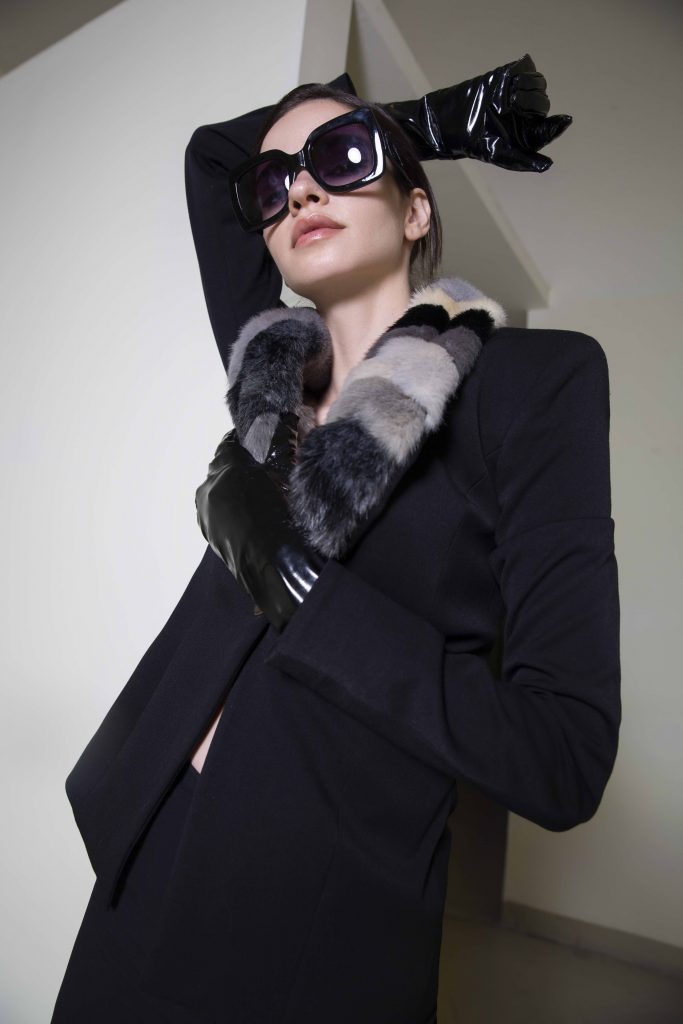
How is it like working alongside your daughter?
She is smart and bright, and she has stamina. I love working with her and listening to her ideas. She has a cosmopolitan way of thinking because she lived in New York for a year and in London for seven years, so she has seen and aspired to where we want to reach.
By Sarah Guirguis

